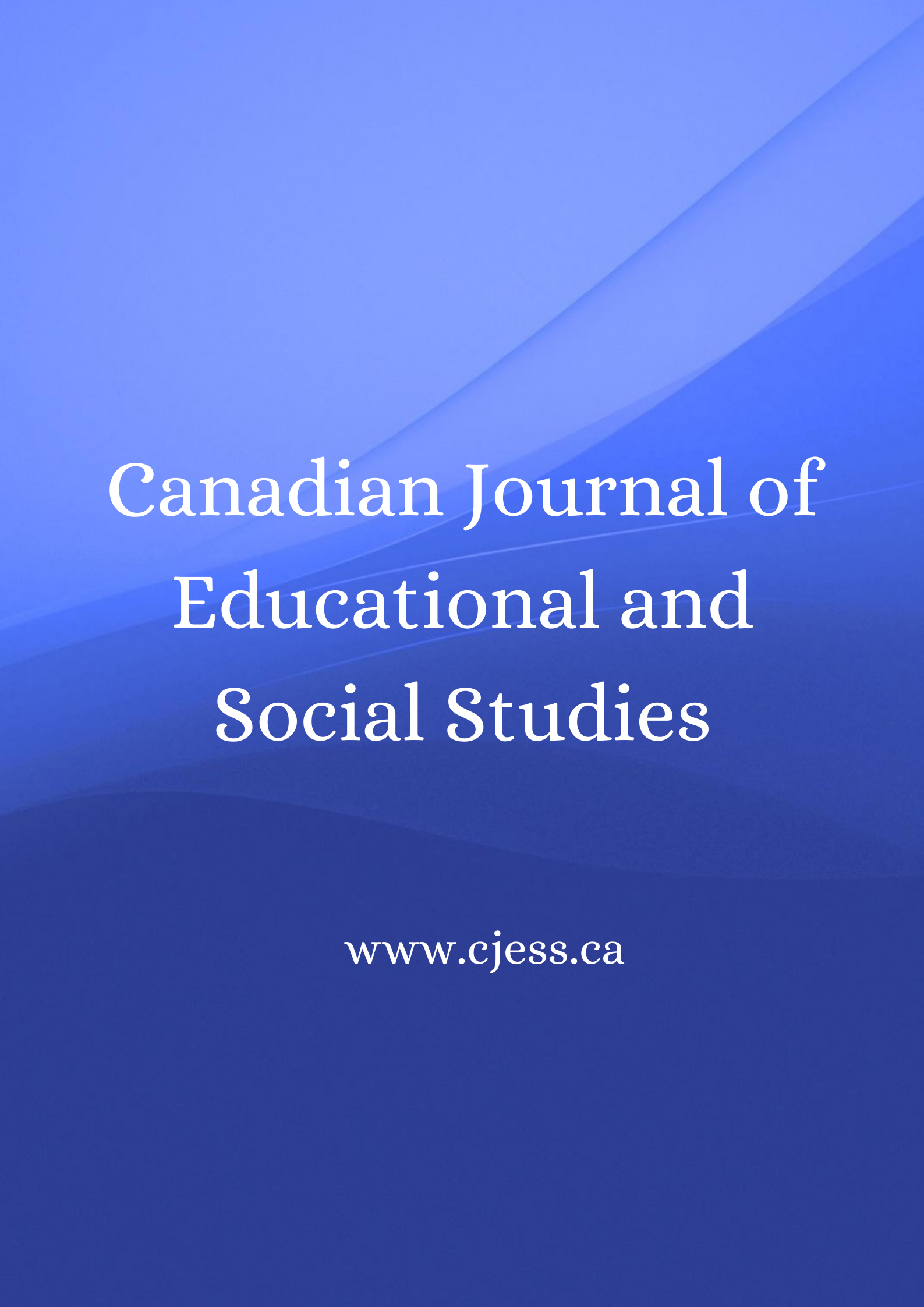Barriers to Health Care Accessibility for People Living with HIV/Aids (Plwhas) in Ghana: A Case Study of Agomanya and Effiduase
DOI:
https://doi.org/10.53103/cjess.v5i2.343Keywords:
HIV/AIDS, Healthcare Access, Antiretroviral Treatment (ARV), Stigma And Discrimination, Economic Barriers, Healthcare Infrastructure, Treatment Adherence, Positive Prevention, Ghana, PLWHA, Financial Support, Policy Interventions, Community Sensitization, Equitable Healthcare, Systemic Barriers, Public Health EducationAbstract
Access to healthcare services for people living with HIV/AIDS (PLWHAs) remains a significant public health challenge, especially in developing countries, such as Ghana. This study investigated the barriers to accessing health care for PLWHA in Agomanya and Effiduase, Ghana, offset by the availability of antiretroviral treatment. While ARV treatment has had a positive impact on the life span and health of PLWHAs, social, economic, and systemic barriers continue to impede PLWHAs from accessing required medical services. Stigma and discrimination are identified to be hindering patients in obtaining treatment. PLWHAs are afraid of being publicly shunned or their confidentiality breached; this fear has caused many to delay health treatment. Economic factors, including means of transportation and lack of financial resources for medication and services, aggravate pre-existing problems. Further, weaknesses in healthcare infrastructure, including a lack of human resources, long waiting times, and erratic drug supplies, have become serious impediments to treatment adherence. The authors refer to "positive prevention" as a potential intervention for reducing the transmission risks and reinfection rates among PLWHAs. Positive prevention promotes safer sexual practices, positions people in regular medical appointments, and provides psychological support for enhanced wellbeing. Nevertheless, such interventions have variable success due to barriers that interfere with access to health care that continues to exist. It is therefore suggested that a far broader array of policy interventions be put in place to achieve this, including strengthening health facilities, guaranteeing patient confidentiality, establishing financial support, and sending out community sensitization campaigns to curtail stigma. A synergy of effort among health personnel, policymakers, and civil society organizations would facilitate the attainment of equitable healthcare access for PLWHAs in Ghana. This research adds to the growing discourse on HIV/AIDS healthcare accessibility with calls for COVID-oriented interventions with socioeconomic variables in the governance of PLWHAs.
Downloads
References
Ai, W., Fan, C., Marley, G., Tan, R., Wu, D., Ong, J., Tucker, J., Fu, G., & Tang, W. (2023). Disparities in healthcare access and utilization among people living with HIV in China: a scoping review and meta-analysis. BMC Infectious Diseases, 23(1), 1-13.
Bajunirwe, F., Tumwebaze, F., Akakimpa, D., Kityo, C., Mugyenyi, P., & Abongomera, G. (2018). Towards 90-90-90 Target: Factors Influencing Availability, Access, and Utilization of HIV Services—A Qualitative Study in 19 Ugandan Districts. BioMed Research International, 2018, 1-9.
Gooden, T. E., Mkhoi, M. L., Mdoe, M., Mwalukunga, L. J., Senkoro, E., Kibusi, S., Thomas, G. N., Nirantharakumar, K., Manaseki-Holland, S., & Greenfield, S. (2023). Barriers and facilitators of people living with HIV receiving optimal care for hypertension and diabetes in Tanzania: a qualitative study with healthcare professionals and people living with HIV. BMJ Open, 13(1), e068595.
Jaafari, Z., Mcfarland, W., Eybpoosh, S., Tabatabaei, S. V. A., Bafti, M. S., Ranjbar, E., & Sharifi, H. (2022). Barriers and facilitators of access to HIV prevention, care, and treatment services among people living with HIV in Kerman, Iran: a qualitative study. BMC Public Health, 22(1), 1-12.
Nair, M., Kumar, P., Pandey, S., Harshana, A., Kazmi, S., Moretó-Planas, L., & Burza, S. (2019). Refused and referred-persistent stigma and discrimination against people living with HIV/AIDS in Bihar: a qualitative study from India. BMJ Open, 9(11), e033790.
Otara, D. N., Chebor, A., & Raballah, E. (2024). The Influence of HIV/AIDS Care and Support Services Accessibility on Utilization among HIV Infected Adults in Baringo County, Kenya. Open Journal of Nursing, 14(1), 1-18.
Roura, M., Busza, J., Wringe, A., Mbata, D., Urassa, M., & Zaba, B. (2009). Barriers to sustaining antiretroviral treatment in Kisesa, Tanzania: a follow-up study to understand attrition from the antiretroviral program. AIDS Patient Care and STDs, 23(3), 203-210.
Tafuma, T., Mahachi, N., Dziwa, C., Moga, T., Baloyi, P., Muyambo, G., Muchedzi, A., Chimbidzikai, T., Ncube, G., Murungu, J., Nyagura, T., & Lew, K. (2018). Barriers to HIV service utilisation by people living with HIV in two provinces of Zimbabwe: Results from 2016 baseline assessment. Southern African Journal of HIV Medicine, 19(1), 1-6.
Downloads
Published
How to Cite
Issue
Section
License
Copyright (c) 2025 Isaac Kwasi Henyo

This work is licensed under a Creative Commons Attribution 4.0 International License.
All articles published by CJESS are licensed under the Creative Commons Attribution 4.0 International License. This license permits third parties to copy, redistribute, remix, transform and build upon the original work provided that the original work and source is appropriately cited.


